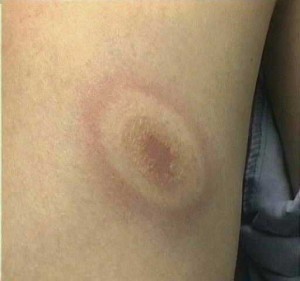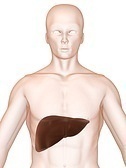Lyme Disease Symptoms
Also referred to as borreliosis, Lyme disease is an infectious disease caused by three different bacteria species, namely Borrelia garinii, Borrelia afzelii and Borrelia burgdorferi sensu stricto. When left untreated, patients may develop further complications such as cognitive defects, facial palsy and chronic joint inflammation. Add to these, it can also lead to changes in sleep habits, memory loss and heart rhythm irregularities. Help fight off the different Lyme disease symptoms by knowing its appropriate diagnostic procedures and possible treatments.
Signs of Lyme Disease
Several major and minor symptoms may indicate the presence of Lyme disease. These include rashes, which usually affect the area behind the knee, the belt area and the groin. This specific type of rash is a hallmark of this disease, which is technically referred to as erythema migrans. Based on records, 70 to 80 percent of patients usually experience this irritating and uncomfortable sign. Meanwhile, this disease also comes with early flu-like symptoms including headaches, fatigue and fever.
When left untreated, this disease can cause migratory joint pain, which transfers from one specific joint to another. Most of the time, this symptom affects the knee joints. Additionally, it can also result to various neurological problems including weakness of limbs, Bell’s palsy and meningitis. Other possible signs of this problem are severe fatigue, hepatitis and eye inflammation.
Lyme Disease Diagnosis
Patients need to undergo a series of medical tests and exams in order to identify the symptoms, causes and treatments for this medical condition. At first, doctors usually ask their patients regarding medical histories. Thereafter, patients may undergo physical examinations. Polymerase chain reaction can actually help detect the presence of bacterial DNA in the infected joints. For those with nervous system symptoms, this method is highly efficient in identifying the presence of infection in the cerebrospinal fluid.
Another test that can be used to detect Lyme disease is the enzyme-linked immunosorbent assay test. It can also help identify the presence of antibodies to the disease-causing bacterium called Borrelia burgdorferi. After this, physicians can ask their patients to undergo Western blot test to confirm the diagnosis based on the enzyme-linked immunosorbent assay test.
Lyme Disease Treatment
To help fight inflammation and infection, doctors can advise their patients to take intravenous antibiotics. They must take such medications for about 14 to 28 days. However, extra caution is advised when taking these drugs as they may cause unwanted complications like mild to moderate diarrhea, gallstones and lower counts of white blood cells. There are numerous oral antibiotics available today including cefuroxime axetil, amoxicillin and doxycycline. However, patients are advised to avoid bismacine because of its undesirable effects.
For more information on Lyme Disease Symptoms read:







